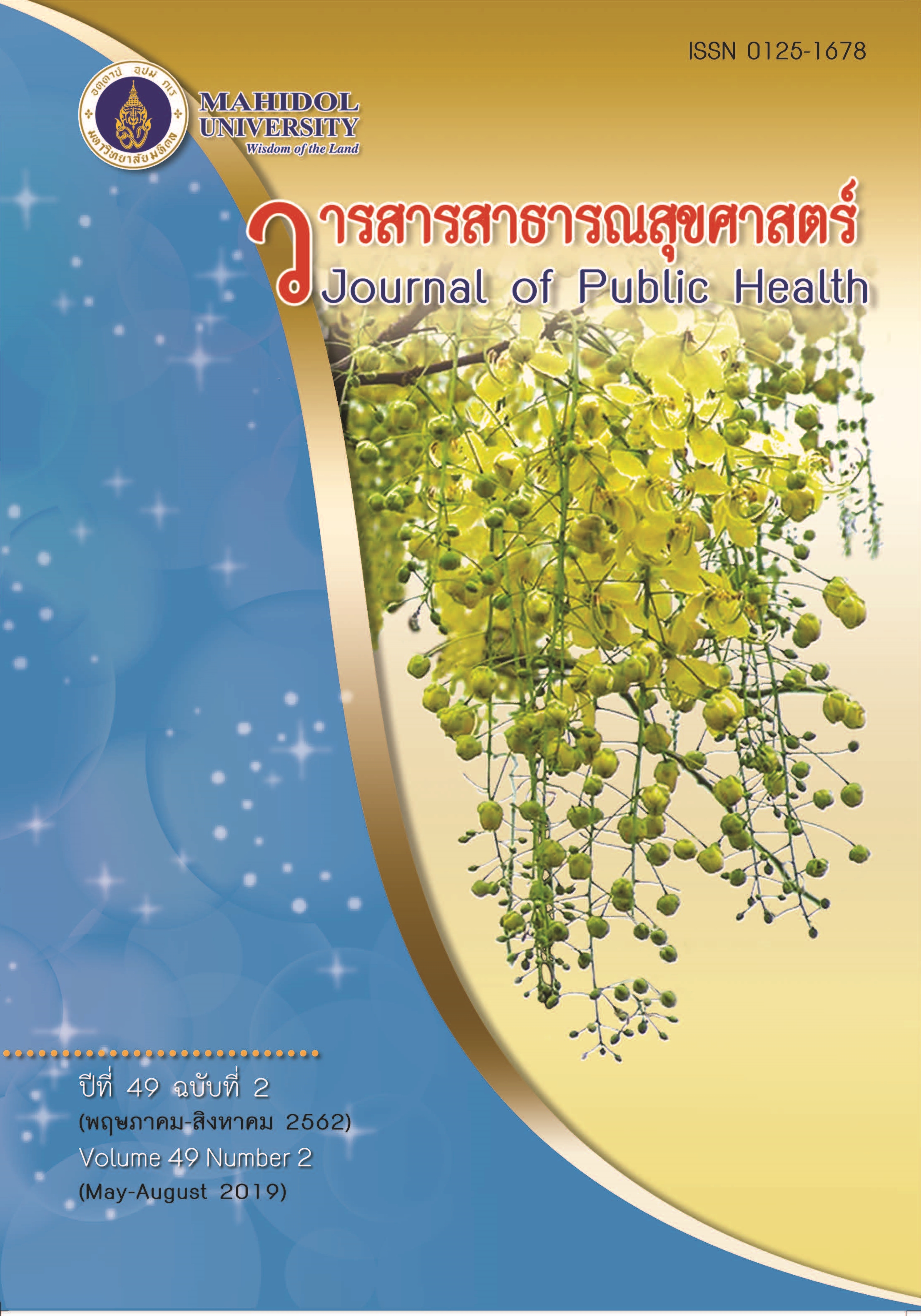Immediate Effect of Stress-induced Computer Typing on EMG Activity of Accessory Breathing Muscles and Respiratory Rate
Keywords:
computer work, psychosocial stress, EMG activity, accessory breathing musclesAbstract
Stress-induced computer work has been reported to be a factor affecting work-related musculoskeletal disorders (WMSDs). Limited studies have been conducted concerning stress-induced work, compared with physical related factors. The aim of this study was to determine the effects of stress-induced computer work on changes in accessory breathing muscle activity and respiratory rate. Ten healthy volunteer computer users with 20 - 40 years of age performed 30 minutes of computer typing with a 10-minute induced stress in the middle period. During the first and last 10 minutes they were allowed to type at a comfortable pace and speed. Electromyography (EMG) activity of the upper trapezius and anterior scalene muscles and the respiratory rate were recorded throughout 30 minutes. EMG activity of accessory breathing muscles and respiratory rate were significantly increased during computer typing with a 10-minute induced stress. No significant difference of both accessory breathing muscles activity and respiratory rate were found during the first and the last 10-minute periods. This study’s findings suggested that psychosocial stress during computer work results in increased accessory breathing muscles activity, change breathing patterns, and may lead to increased tendency of WMSDs.
Downloads
Published
Issue
Section
License
Creative Commons License CC-BY-ND


